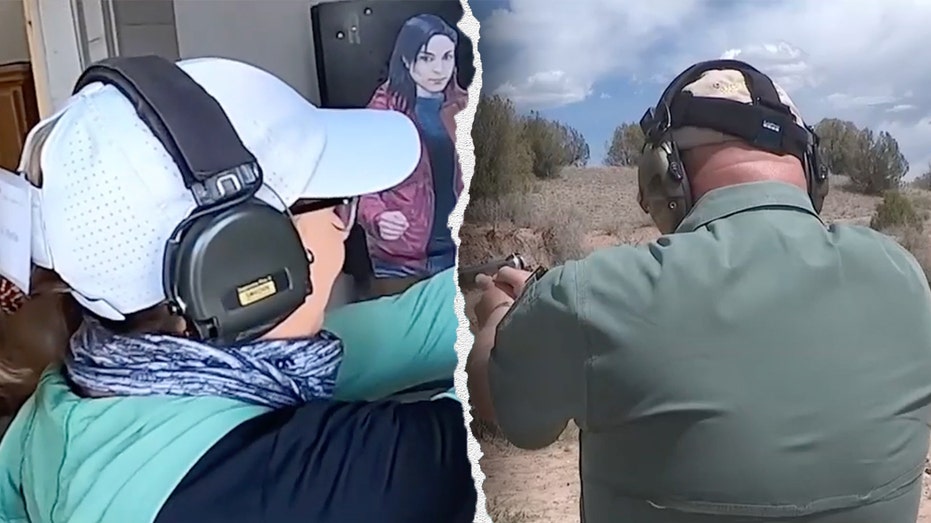In the wake of rising concerns over crime, potential unrest, and the lingering fears of instability following natural disasters or another pandemic, more Americans are showing increased interest in gun ownership and firearm training. This trend is driven by a desire for personal safety and preparedness, especially in urban areas where crime rates often spike.
ERIC STIEBER, a participant in a week-long handgun training session at Gun-Site Academy, a premier firearm training facility near Prescott, Arizona, highlighted this sentiment: “There’s a lot of chaos that happens, especially in big cities. People don’t want to be the victim anymore.” His comments reflect a growing concern among Americans who are prioritizing self-defense in an unpredictable environment.
Statistics reveal that over 40% of U.S. households own at least one gun, with Americans purchasing more firearms annually than new cars. However, owning a gun doesn’t necessarily equate to knowing how to use it effectively. KEVIN REGAN, a real estate executive from Maryland, compared firearm ownership to a musical instrument: “If you buy a piano, you’re not Billy Joel. If you buy a gun, you’re not Wyatt Earp. You need to practice.”
This emphasis on training is echoed by BILL MORGAN, a Texas trauma surgeon, who stressed the importance of proper education: “Don’t buy a gun and head straight to the shooting range thinking you’re trained. You’re not.” Morgan recently completed a session in an indoor simulator known as the “Playhouse,” where participants practice tactical scenarios using cardboard targets. The training involves clearing a simulated environment, aiming to neutralize threats while avoiding harm to innocent bystanders.
Investigator ARI PAUL, from Florida, noted that the experience was more stressful than anticipated, emphasizing the need for intensive training: “No one should buy a firearm unless they’re prepared to train seriously. Without proper training, you’re more likely to cause harm than good.”
The curriculum at firearms training facilities like Gun-Site Academy includes shooting at moving targets, navigating complex terrains, and practicing scenarios that mimic real-life encounters. For instance, students must quickly identify and neutralize concealed targets from varying distances, often under intense pressure.
CHRISTOPHER BESSETTE, a gun owner from Florida, shared his perspective: “Living in a state where a third of households own firearms, it’s not a bad skill to have. But it’s a serious responsibility.”
Even the culinary sector has seen participants like SEAN WHITTINGHAM, a Phoenix-based chef, who acknowledged the gravity of the training: “There’s so much to think about beyond the targets. It’s not just steel—it’s a human behind it, and that’s a huge responsibility.”
Gun-Site’s owner, BUZ MILLS, also highlighted the growing interest among women in firearms training, with female participants now comprising over 10% of the academy’s students. This shift suggests a broader trend of individuals from diverse backgrounds seeking to protect themselves.
CINDY HARVEY, a retiree, reflected on the changing attitudes: “When I mention my interest in firearms to friends, most are intrigued and supportive. That’s a stark difference from a decade ago when there was more stigma around gun ownership.”
Today, the cultural and legal landscape surrounding gun rights has shifted significantly. Supreme Court rulings and state laws have increasingly favored firearm ownership, contributing to a more mainstream acceptance of guns. Mills summed it up: “Are people becoming more comfortable with firearms than in the past? Absolutely. Firearms are becoming more normalized.”
It seems that in an era of uncertainty, many Americans are choosing to prioritize personal safety, turning to professional training to ensure they’re prepared for whatever challenges may arise.
Sources: Gun-Site Academy, American Firearm Statistics, Participant Interviews.
